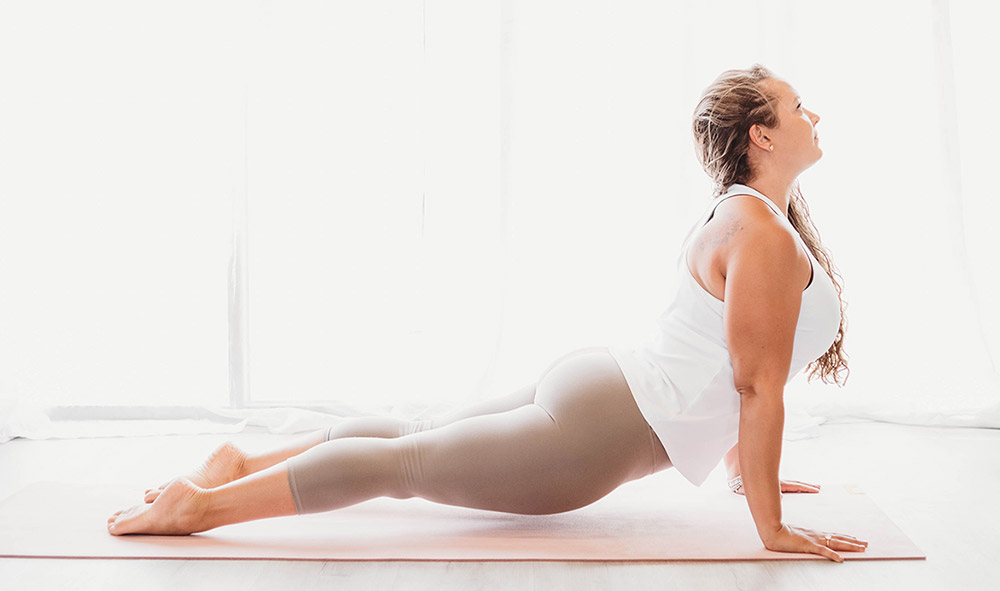
Not long ago, I found a link to a short autobiographical account of B.K.S. Iyengar’s journey into yoga. He began his journey into yoga at age 14. After only two years of study with T. Krishnamacharya, Iyengar was told by his guru to go out into the world to teach. The rest of his yoga journey of almost 80 years he spent studying on his own, mainly through deep exploration of the workings of his own body and mind, as he did not have the resources for formal study.
Unable to purchase books, he made use of his local library to help him decode yoga philosophy. In the article, Iyengar tells of finding the sutras inscrutable at first. He had neither the command of the language (Sanskrit) nor the experiential wisdom to understand them.
This reminded me of my first attempts at understanding the yoga sutras. Back in the ’80s, I bought a book on the yoga sutras and read through them once—quite halfheartedly—because I thought I should. Not finding anything of use in the verses, I put my sutra book away and didn’t look at it again for another 20 years.
How Life Helps You Understand the Sutras
I returned to the yoga sutras after two decades of asana practice coupled with daily insight meditation practice. Through the study of Buddhism—in particular, hearing countless recorded discourses by Joseph Goldstein and Sharon Salzberg, among others, and many long vipassana and metta retreats—I found that the yoga sutras now had relevance in my experience.
Twenty years earlier, they meant nothing to me because I could only approach them through my intellect. But the concepts elucidated in the yoga sutras can not be understood through the intellect alone. The yoga sutras point to concepts that can only be understood through awareness, a state we can enter through our practice.
When I returned to the sutras later in life, I saw that many of the concepts illuminated by the sutras had become a part of me, even though I had not studied them formally. The concepts integrated through practice. Now, reading the yoga sutras is a joyful and illuminating exploration.
Iyengar explains this eloquently in the story I linked to above: “Knowledge is infinite and eternal, but human thoughts are in the field of the finite. The infinite is hidden in the finite, and the finite is hidden in the infinite. In my sadhana, I tried to explore the infinitesimal particles in the finite body. This helped me understand the Yogasutras with clarity.
“Each day, the moment I begin my sadhana, my entire being is transformed. My mind extends and expands into vastness. It is into that inner limitless space that I begin to delve. Thus I find myself closely connecting to the Yogasutras, and I begin to feel their values coming directly in my sadhana.”
Practice, Practice, Practice
I love the phrase, “Practice and all is coming.” I mainly love it because it is true. It is through sadhana that we can learn to understand the sutras. So if you’ve tried to read the yoga sutras and feel you have hit a wall, don’t worry. Practice with careful attention and mindfulness. Yoga exists in this moment, for anyone who is present to it. Slow your practice down so that you can begin to feel the “infinitesimal particles in the body” that Iyengar describes. They are there, and with mindfulness, any one of us can feel them. The Universe exists in our bodies and minds. Use your yoga practice to discover it.
